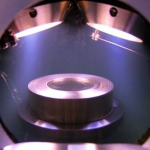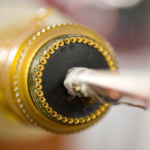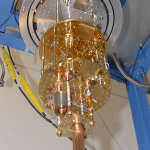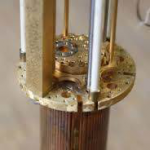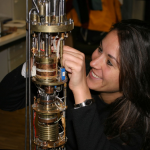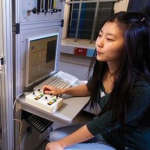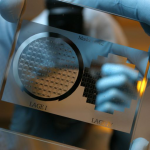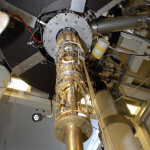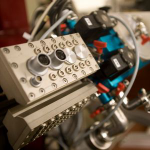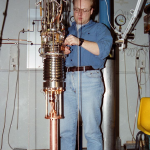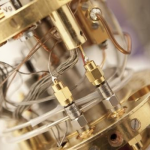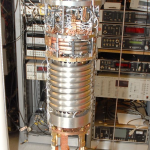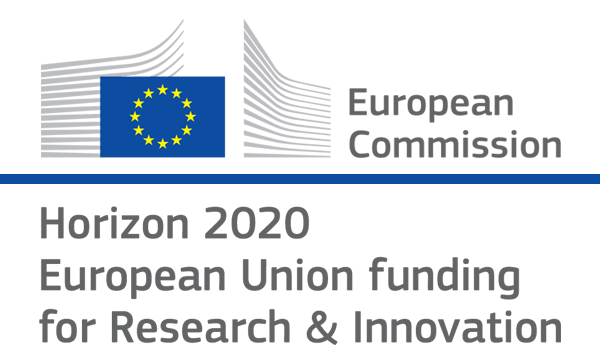

- Photon Transport in a Bose-Hubbard Chain of Superconducting Artificial Atoms
G. P. Fedorov et al., Phys. Rev. Lett. 126, 180503 (2021) - Path-Dependent Supercooling of the
He3 Superfluid A-B Transition
Dmytro Lotnyk et al., Phys. Rev. Lett. 126, 215301 (2021) - Superconductivity in an extreme strange metal
D. H. Nguyen et al., Nat Commun 12, 4341 (2021) - High-Q Silicon Nitride Drum Resonators Strongly Coupled to Gates
Xin Zhou et al., Nano Lett. 21, 5738-5744 (2021) - Measurement of the 229Th isomer energy with a magnetic micro-calorimeter
T. Sikorsky et al., Phys. Rev. Lett. 125 (2020) 142503
Addressing geometric non-linearities with cantilever MEMS: beyond the Duffing model
E. Collin, Yu.M. Bunkov and H. GodfrinWe report on low-temperature measurements performed on microelectromechanical systems driven deeply into the nonlinear regime. The materials are kept in their elastic domain while the observed nonlinearity is purely of geometrical origin. Two techniques are used, harmonic drive and free decay. For each case, we present an analytic theory fitting the data. The harmonic drive is fit with a modified Lorentzian line shape obtained from an extended version of Landau and Lifshitz’s nonlinear theory. The evolution in the time domain is fit with an amplitude-dependent frequency decaying function derived from the Lindstedt-Poincaré theory of nonlinear differential equations. The technique is perfectly generic and can be straightforwardly adapted to any mechanical device made of ideally elastic constituents, and which can be reduced to a single degree of freedom, for an experimental definition of its nonlinear dynamics equation.
Phys. Rev. B 82, 235416 (2010)
doi: 10.1103/PhysRevB.82.235416
